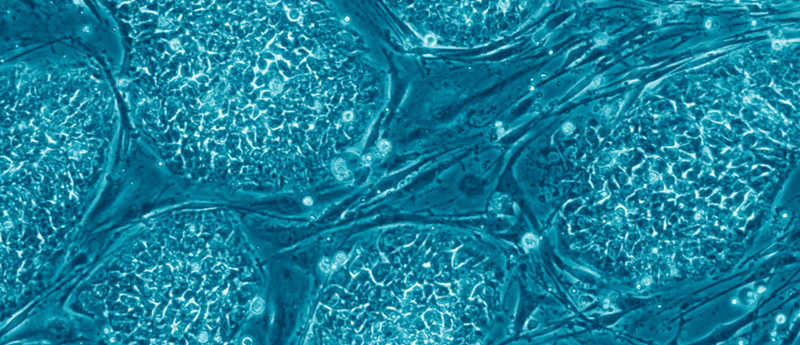Beta cells regenerate quickly when treated with new drug combination

Researchers have discovered that treating pancreatic beta cells with two drugs causes an increase of 5—6% growth per day.
In a new study, published in Science Translational Medicine, researchers discovered that treating beta cells with a combination of two drugs caused them to grow at an increased rate. The research, led by a team at Mount Sinai School of Medicine (NY, USA) potentially offers a new method for combatting diabetes.
Andrew Stewart’s laboratory (Icahn School of Medicine at Mount Sinai) have demonstrated that treating pancreatic beta cells with harmine and GLP1R agonists increased beta cell growth by 5—6%. Harmine, a drug that inhibits the activity of tyrosine-regulated kinase 1A, was identified previously by Stewart, however, the interaction with the GLP1R agonist resulted in much quicker regeneration than previously observed.
Diabetes type I is caused by the autoimmune response and destruction of beta cells, while diabetes type II is caused by the diminished responsiveness of the beta cells to cellular signals. As both forms of the condition center upon the activity of beta cells it is hoped that the result could enable the reversal of the condition, through expanding transplanted cells or recovering a patient’s own cells.
“We are very excited about this new drug combination because for the first time ever, we are able to see rates of human beta cell replication that are sufficient to replenish beta cell mass in humans with diabetes,” commented Andrew Stewart (Icahn School of Medicine at Mount Sinai).
The effect was demonstrated both in vitro and in vivo, on human cells, and allowed the expansion of the cells in what Stewart describes as a “highly selective” manner. GLPR1 agonists are also already used in the treatment of diabetes. However, it is yet to be observed whether the effect is exclusive to human pancreatic beta cells or what the long-term effects of the drug treatment may be.
“We know that a critical pathway to drive a cure for type 1 diabetes includes transplanting insulin-producing beta cells into people or enticing their existing beta cells to start multiplying,” explains Francis Martin, Director of Research at the Juvenile Diabetes Research Foundation. “It is exciting to learn from the work of Dr. Stewart and his team that GLP1R agonists could increase the effect of the recently discovered agents that promote multiplication. Using GLP1R offers a means to boost the effect while also improving the safety of this type of drug.”
Source: Ackeifi C, Wang P, Karakose E, et al. GLP-1 receptor agonists synergize with DYRK1A inhibitors to potentiate functional human β cell regeneration. Sci. Transl. Med. 12, 530, eaaw9996 (2020)
Have any additional questions about this story? Ask us in the comments, below.
Find out more in these top picks from the Editor:
- Diabetes may be controlled by light-sensitive cells
- Interspecies organogenesis shows potential in diabetes treatment
- Diabetes in brief: a round-up of the latest news